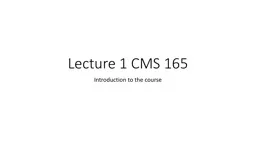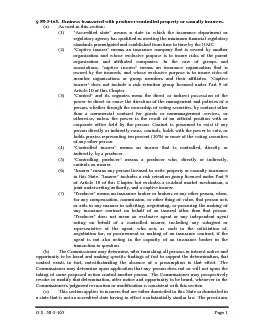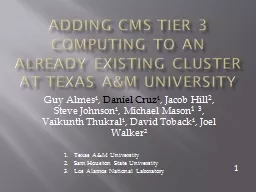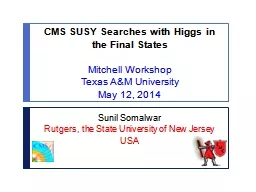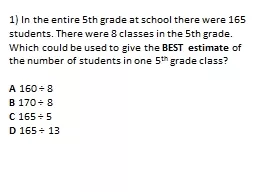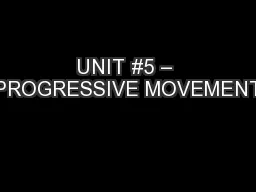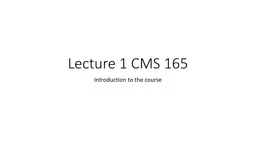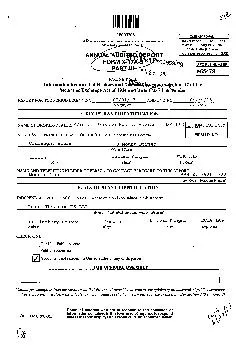PPT-Lecture 1 CMS 165 Introduction to the course
Author : missingsole | Published Date : 2020-08-27
Logistics Course Details Lectures on Tu Th at 1pm230pm in Moore B270 Recitations on Wed at 5pm6pm in Anb 106 Office hours on Tu Th at 5pm6pm in Anb 106
Presentation Embed Code
Download Presentation
Download Presentation The PPT/PDF document "Lecture 1 CMS 165 Introduction to the co..." is the property of its rightful owner. Permission is granted to download and print the materials on this website for personal, non-commercial use only, and to display it on your personal computer provided you do not modify the materials and that you retain all copyright notices contained in the materials. By downloading content from our website, you accept the terms of this agreement.
Lecture 1 CMS 165 Introduction to the course: Transcript
Download Rules Of Document
"Lecture 1 CMS 165 Introduction to the course"The content belongs to its owner. You may download and print it for personal use, without modification, and keep all copyright notices. By downloading, you agree to these terms.
Related Documents

